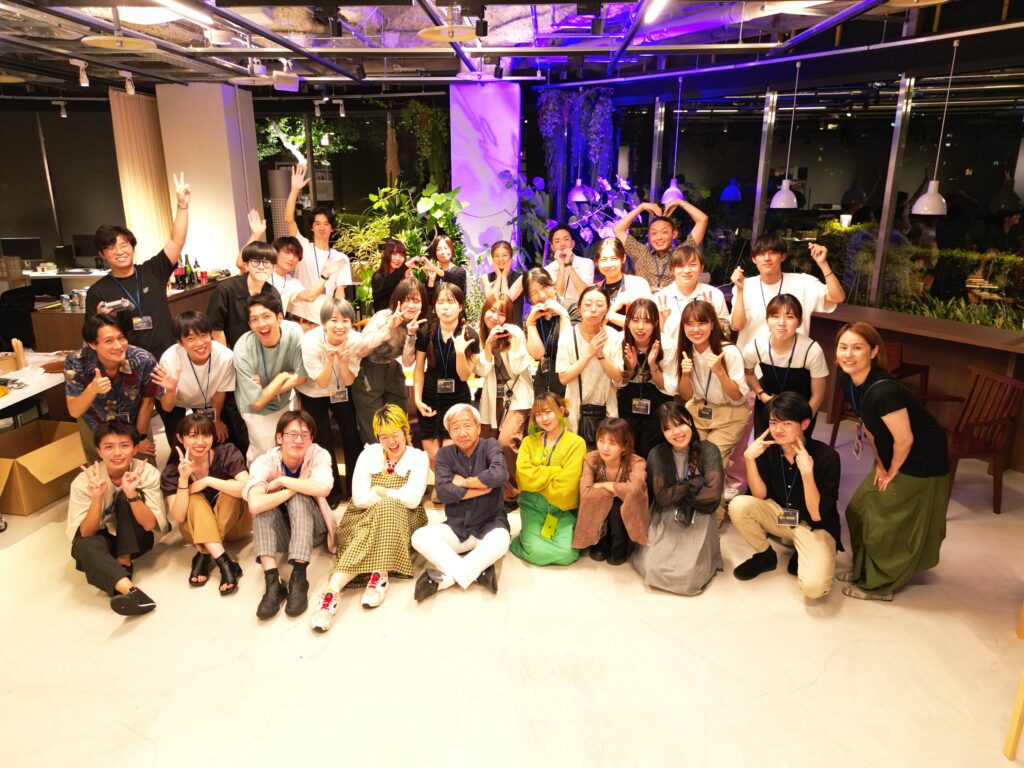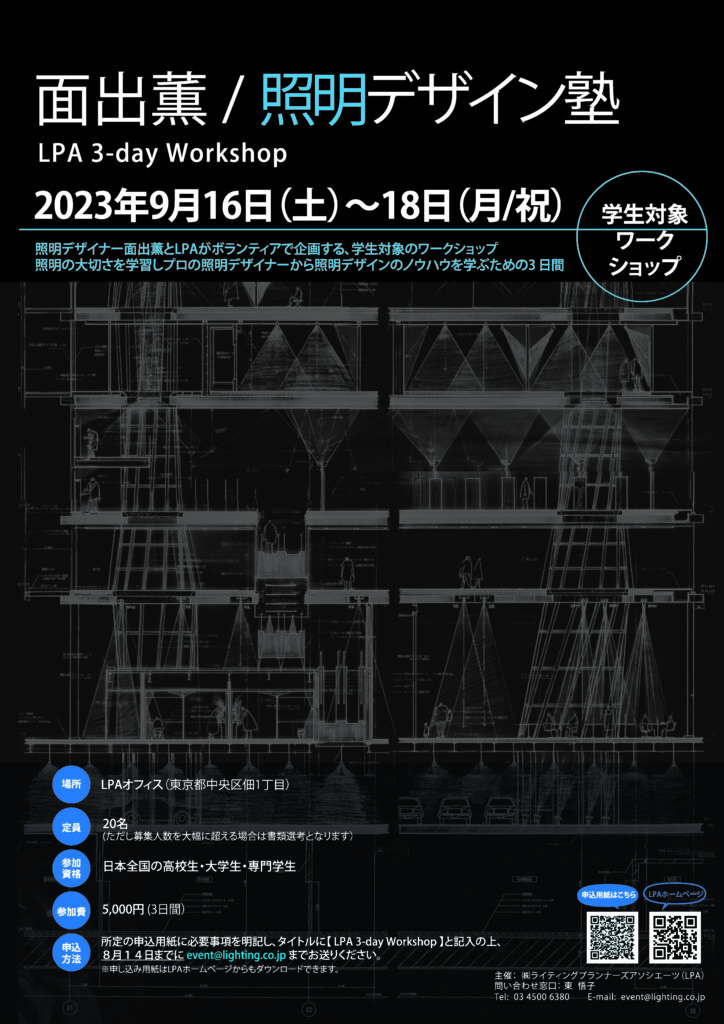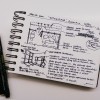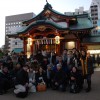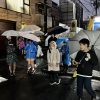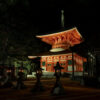Date of Issue: 28 November, 2023
-Activity 1 / City Night Survey : Urumqi, China(2023.09.22-09.26)
– Activity 2 / Kaoru Mende / Lighting Design Workshop 2023 (2023.09.16-09.16)
City Night Survey : Urumqi, China
2023.09.22 – 2023.09.26 Ke Yonglin + Chuanyi Liu
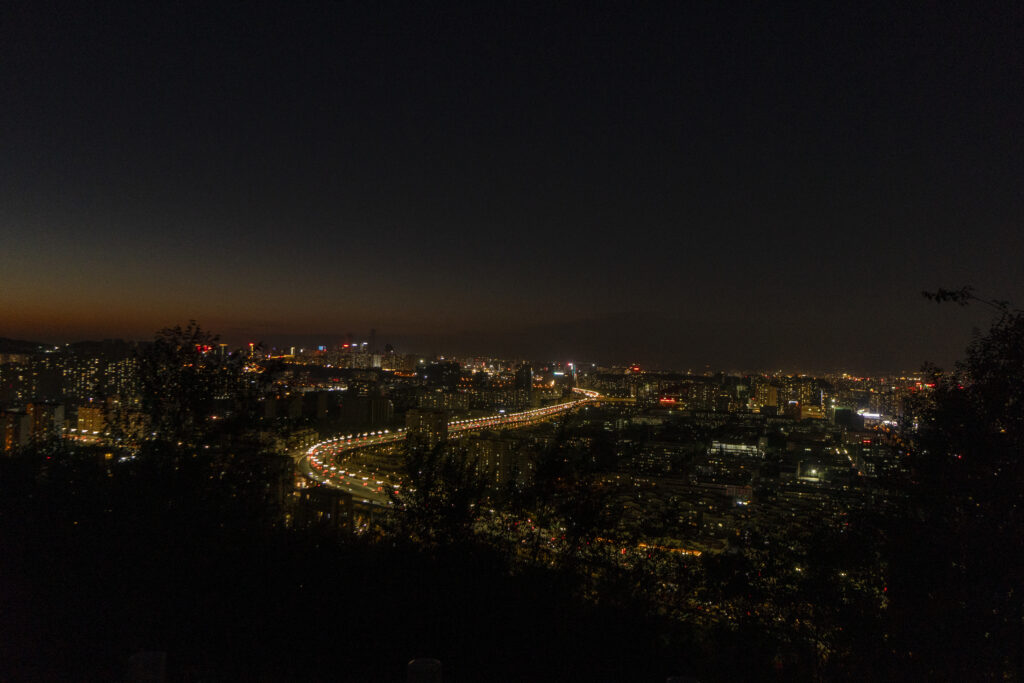
Xinjiang Uygur Autonomous Region is the largest province in China in terms of area, and borders eight neighboring countries. It is also a multicultural and multi-ethnic area.
Since ancient times, it has prospered through long-distance trade with China, Central Asia, India, Iran, and Europe, and has been an important hub along the Silk Road with active cultural exchange. We surveyed the light of Urumqi, the largest Uyghur city, an unexplored area of the Lighting Detectives where all cultures coexist.
It has prospered in international trade since ancient times and has become an important region on the Silk Road. Trade and cultural exchange took place with China, Central Asia, India, Iran, and Europe. As a result, Xinjiang is a multicultural and multiethnic region. It is a very mysterious region that has become a famous tourist destination in China in recent years. We have been investigating Urumqi, the largest city in the region.
Urumqi has been urbanized through redevelopment in the past decade, and I had the impression that commercial facilities, office buildings, and housing complexes occupy most of the city. The old city was built around a mosque, but the mosque is now covered by buildings. (Ke Yonglin)
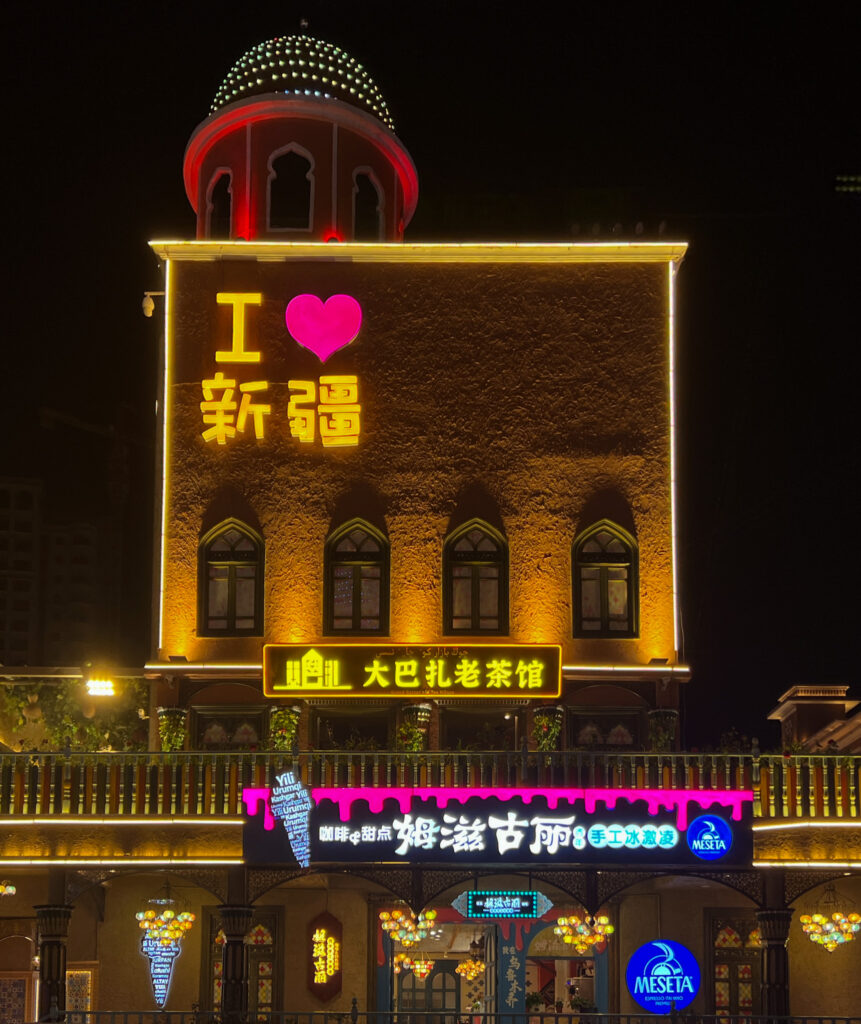
■Xinjiang International Grand Bazaar
No visit to Urumqi is complete without a visit to the Xinjiang International Grand Bazaar.
It is the largest bazaar in the world, combining Islamic culture, architecture, entertainment, food and drink. The bazaar, which serves as the center of Xinjiang tourism and as a conference center, is characterized by its massive Islamic architectural style. While maintaining the functionality and period feel of the architecture, it recreates the former prosperity of the Silk Road and expresses the ethnic characteristics and local culture of the Western region. The night view of the Xinjiang International Grand Bazaar was glittering, and the lighting in particular enhanced the charm of this bustling market. When the sun goes down, the outline of the Great Bazaar is emphasized by a series of elaborate lights, depicting its unique Islamic-style features. The warm lighting not only added to the warm and welcoming atmosphere, but also highlighted the golden domes of the architecture. At the entrance, the words “I ♡ Xinjiang” caught the eye, while the lights on the roof above it changed colors, creating a lively atmosphere. Once inside, a large LED screen in the plaza was very dazzling. I think the atmosphere would have been much better if that had been removed.
The lighting of the Grand Bazaar appears in various places in the architecture, illuminating details such as arches, spires, and slender windows. Each detail is skillfully highlighted by the light, creating a visual layer. Moreover, the interior of the stores is illuminated brighter than the outside, a vivid contrast of light and dark that welcomes visitors and invites them to a shopping paradise filled with the aroma of various products and spices. The Grand Bazaar becomes even more vibrant and inviting with the use of colorful lighting and GOBO lights. Visitors can enjoy a unique cultural experience as they look at exquisite handicrafts and taste authentic Xinjiang cuisine.
Here at night, light and shadow, color and texture, past and present interweave, allowing visitors to experience the story of Xinjiang’s diverse and rich culture. Color in Urumqi is more than just a visual expression; it is also a means of cultural communication. The Uyghurs’ love of color is deeply rooted in their rich cultural traditions and exquisite Islamic architectural decorative style. They are known for their fondness for bright greens, reds, blues, whites, and yellows, and seem to skillfully combine these colors to create vivid contrasts and vibrant, rich visual effects.
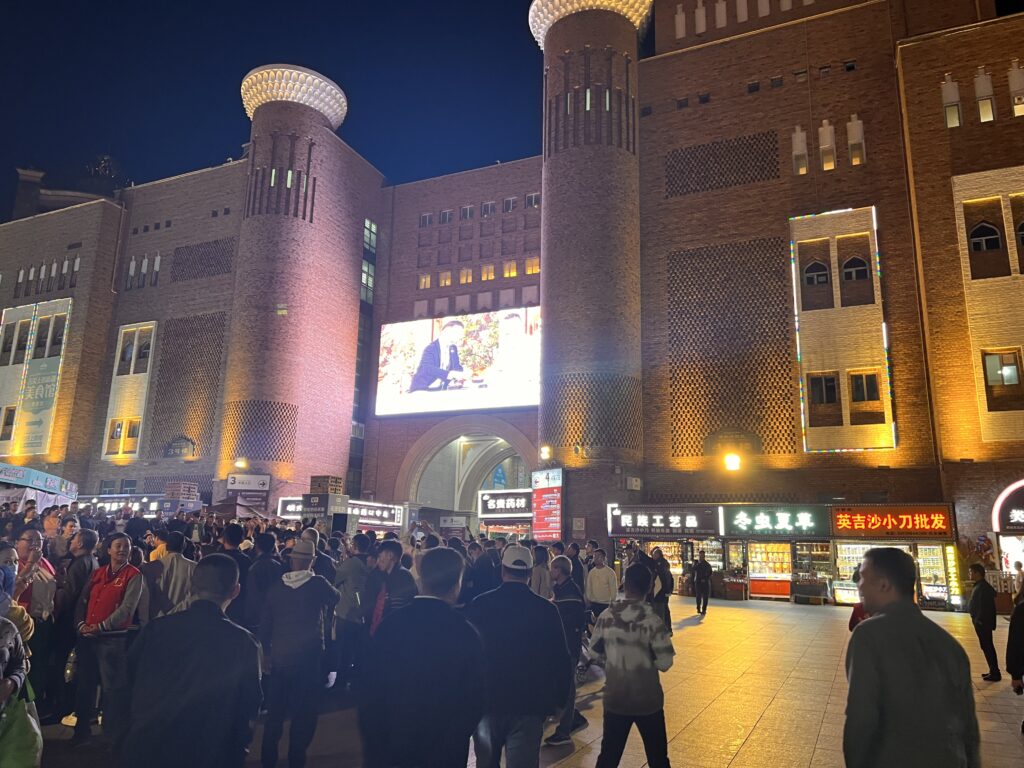
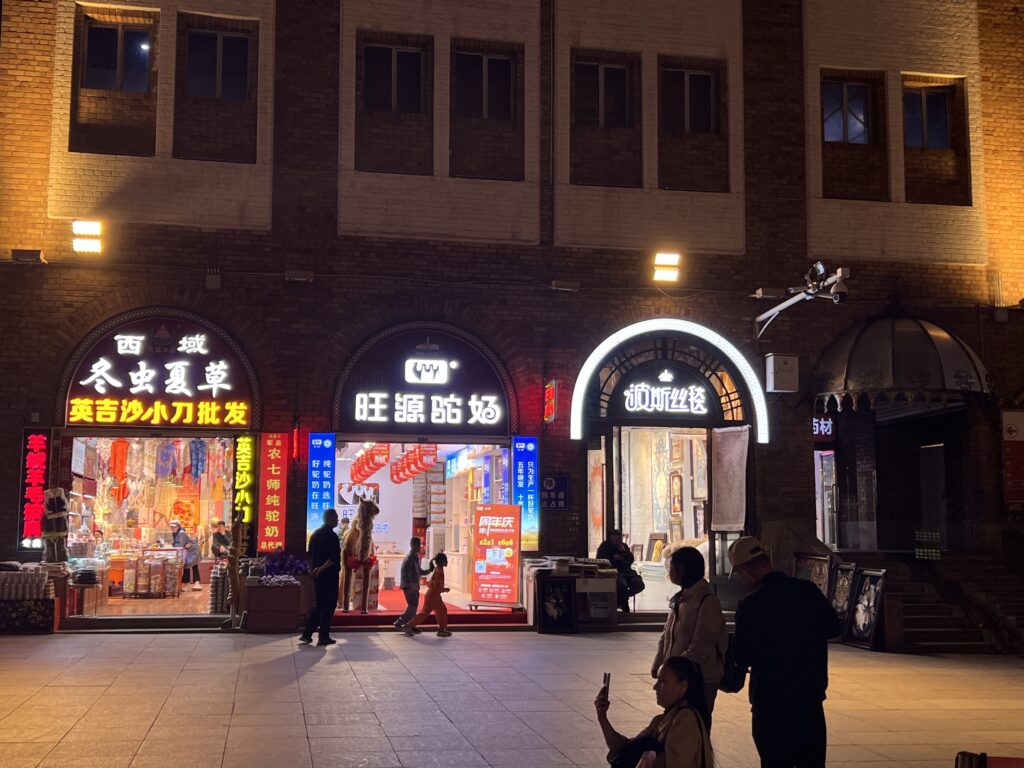
This color preference reflects the Uyghurs’ unique sense of beauty and reflects their deep cultural foundation. The color choices are closely linked to Urumqi’s unique natural geographic environment, socio-cultural background, and ethnic history, culture, and religious beliefs, creating a vivid cultural landscape. At night, these preferences for color are reflected in the city’s lighting design. Urumqi’s architecture, illuminated by the night light, transcends the dance of light and shadow and becomes a symphony of color and light. The lighting flows along the contours and ornamentation of the architecture, emphasizing the contrasts and depths of color, as if the city were brought to life and the cultural breath of the Uighur people. This design not only enhances the aesthetics of the city, but also builds a bridge between tradition and modernity, allowing people to continuously experience and enjoy the charm of Uyghur culture in their daily lives. (Chuanyi Liu)
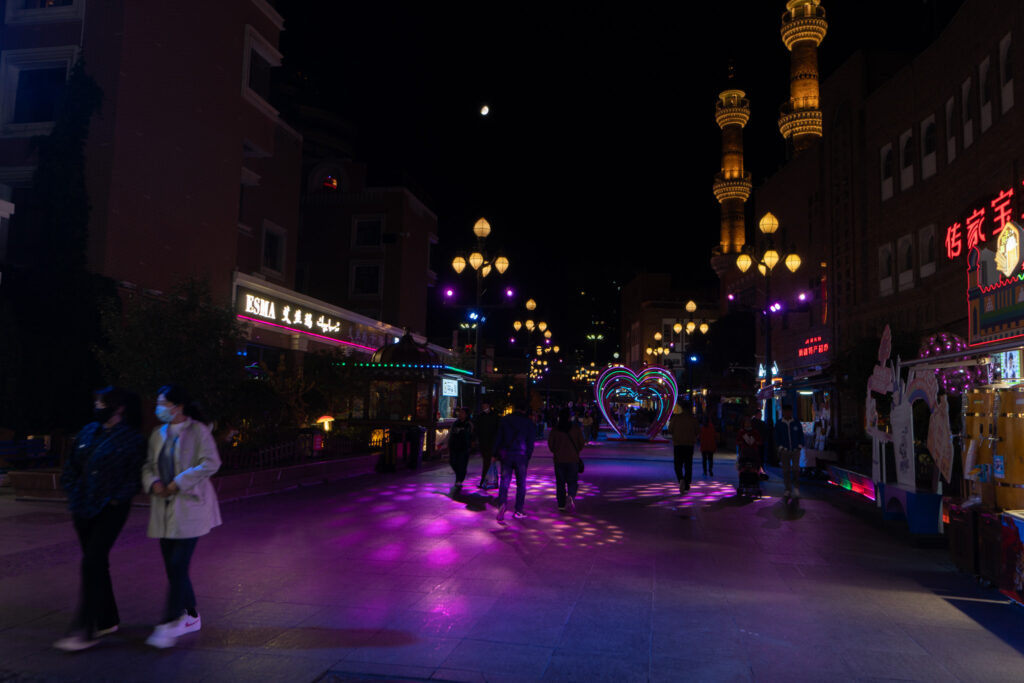
■Hongshan Park
Unfortunately, it was raining heavily at Hongshan Park, which we visited this time for high-altitude photography. Perhaps because of the rain, there were only few people in the park, and we were able to conduct our research in a comfortable environment.
Many spotlights were placed on trees in the park, and many pole lights were typical of GOBO. At night, the entire park was illuminated with flashy colored lights that moved around like in an amusement park, with surprising and random lighting effects that did not seem to be properly planned. If it were properly planned for events and festivals, I thought it would be a nice park. There is also a temple in Hongshan Park. It was closed due to rain, but the lights were on. What I found interesting was that the lighting in the paifang (Chinese tile stand) illuminated the back side of the temple instead of the front side. The entrance door and walls were brightly illuminated, silhouetting the paifang.
The temple is located on the side of a slope, and this was probably done to avoid glare on the front.
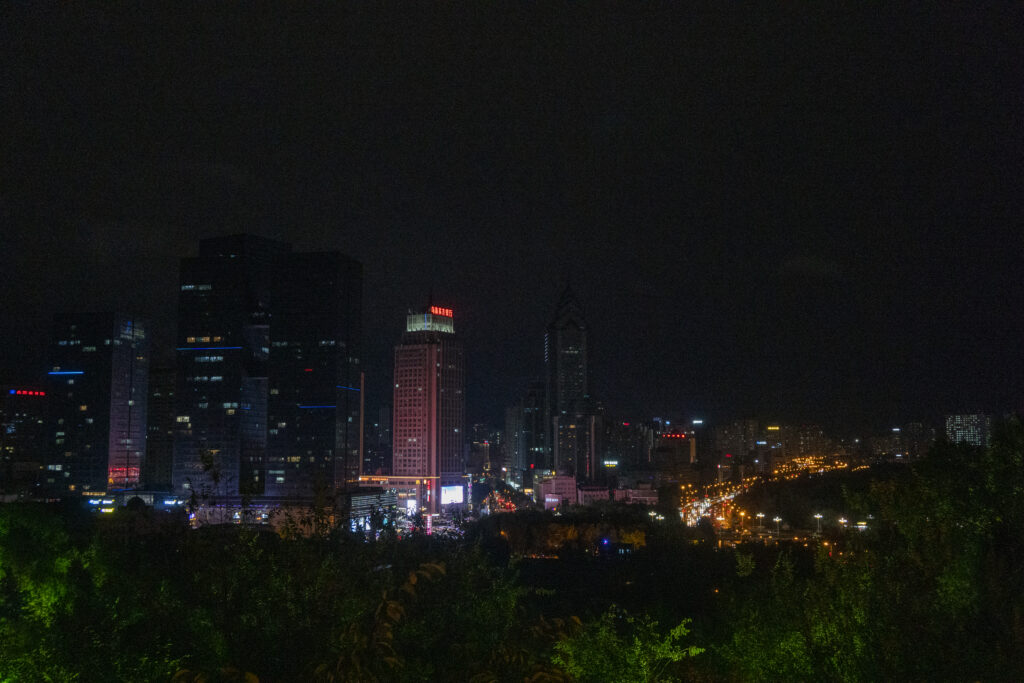
The nightscape from Hongshan Park showed that the tallest building in the city had no facade lighting. The building next to it had a huge LED media facade in the low-rise area, which colored the surrounding area. The night view of the city center was dominated by lighting in the low-rise areas, and not much lighting was seen on the towers. The tourist attractions were trying to draw customers in with colored lighting all over the buildings. The street lights connecting them felt like the brightest there.
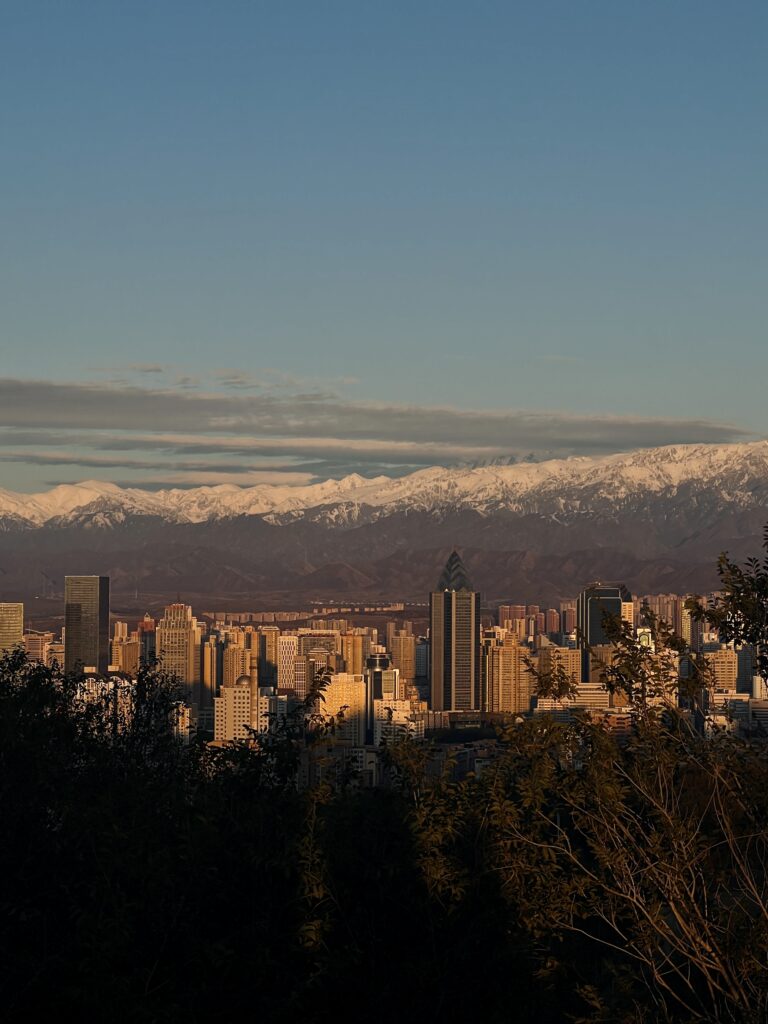
(north side)
From the north, we could look down on parts of the city with the Tianshan Mountains in the background.
The light leaking from the warm interiors of the housing complexes lining the south side of the park gave calm and comfortable atmosphere. In addition, the street lighting on the south side seemed even brighter than the one seen from Hongshan Park.
■Summary
This time, we conducted our research in Urumqi City, where the Han Chinese people are gathered most in Xinjiang. However, due to the intense development in recent years, the old market International Basar and Hongshan Park have been developed as tourist
attractions, and I felt that the original Uyghur ethnicity and its customs have faded away. Even though, I still could feel the passion of the Uyghur people here and there.The colorful lights in the tourist spot areas may be the Uyghurs’ hospitality to tourists from all over the world. Urumqi is only one city in Xinjiang Uyghur Autonomous Region. We would like to investigate other southern cities in Xinjiang such as Kashgar,
where the Uyghurs still have magnificent natural tourism resources. (Ke Yonglin)
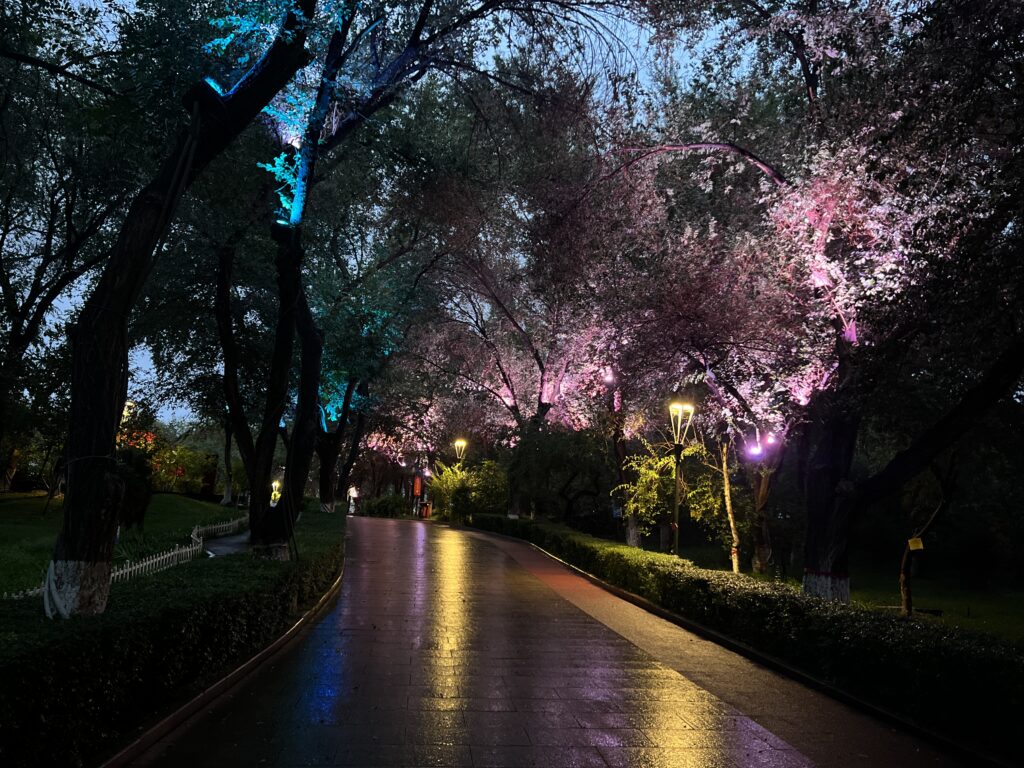
Kaoru Mende/ Lighting Design Workshop 2023
3-day Student Workshop
2023.09.16-09.18 Yumi Honda + Noriko Higashi
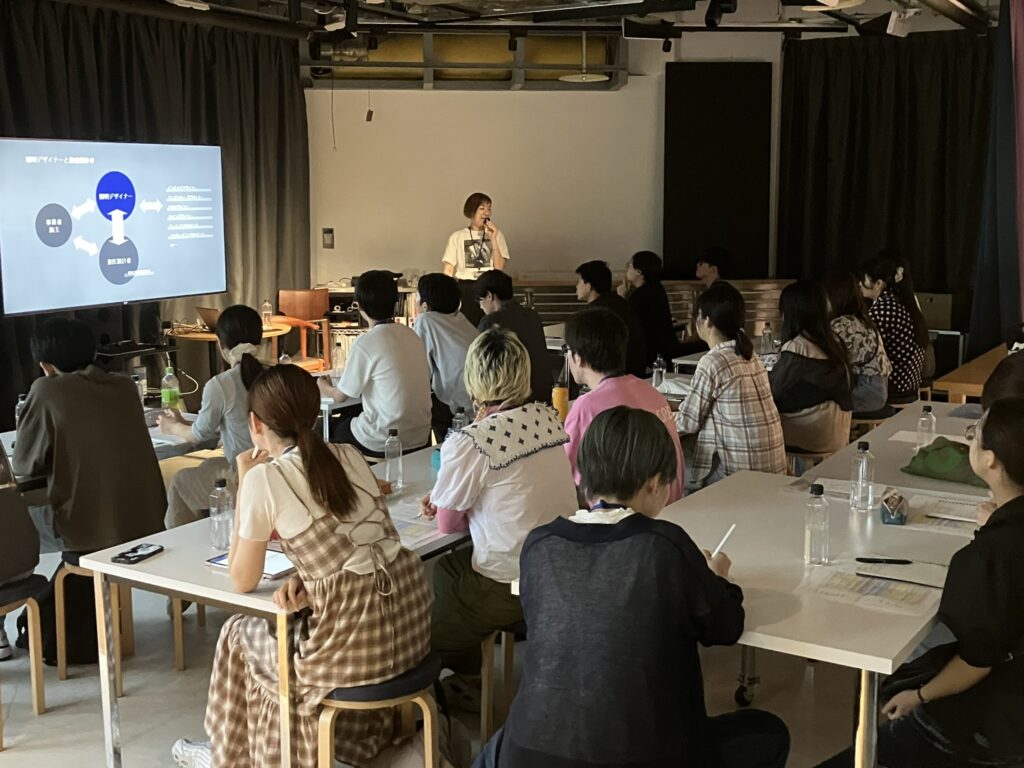
The second Lighting Design Camp by Kaoru Mende was held. This project is an intensive course to learn about lighting design directly from lighting design professionals over the three-day weekend in September. The 24 students from all over Japan spent dense three days together in lectures, city tours, discussions, and proposal writing.
Kaoru Mende/ Lighting Design Workshop, which started last year, was held again this year at the LPA office in Tsukuda for the three-day weekend in September, inviting university students from all over Japan. The staff held multiple meetings prior to the event to review last year’s program and enhance the content of the lectures. The program structure was also restructured to ensure uninterrupted concentration.
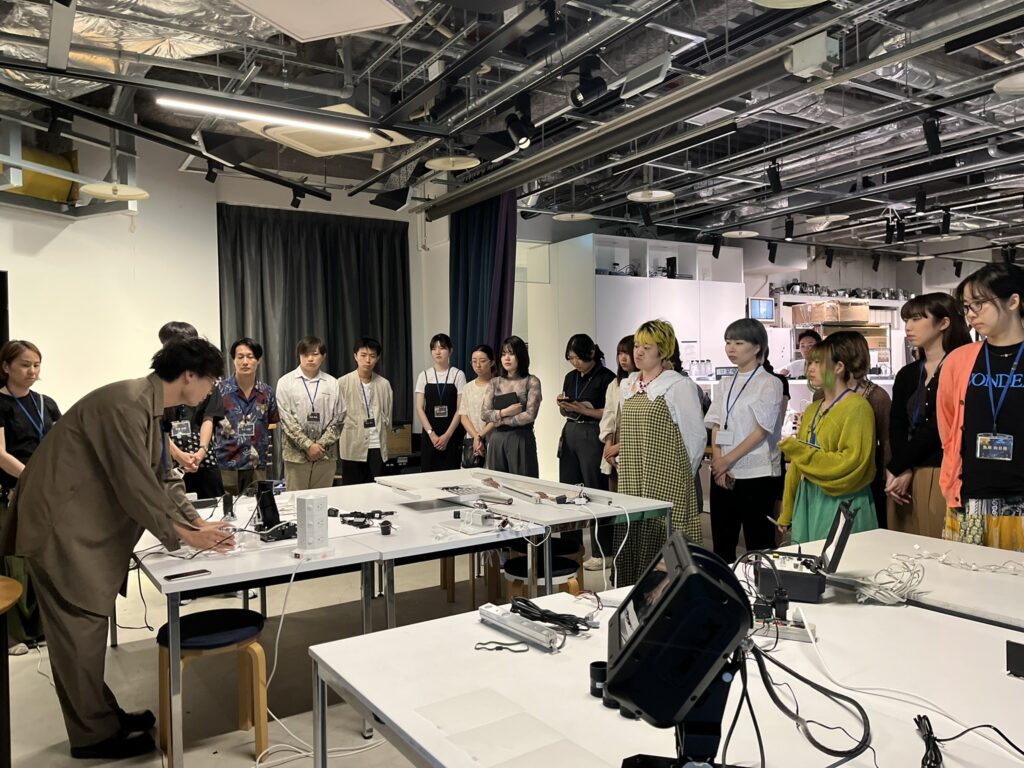
■Day1 Lecture & Night Walk Survey
In the previous program, the classroom lecture was concentrated on the first day.This time, however, the classroom lectures were divided into two days: Day 1 and Day 3. The first day consisted of 8 lectures, including lectures on the philosophy and concept of lighting design, basic knowledge of lighting – vocabulary and demonstration of light effects, lighting design process, urban environmental lighting, etc., as well as lectures on light pollution and lighting design in tourism area development by a guest instructor.
Although there was a break in the middle of the lecture, it was quite a long lecture, lasting four and a half hours. Each lecture explained lighting design from a different angle, and I believe that the audience was able to glimpse the multifaceted aspects of lighting.
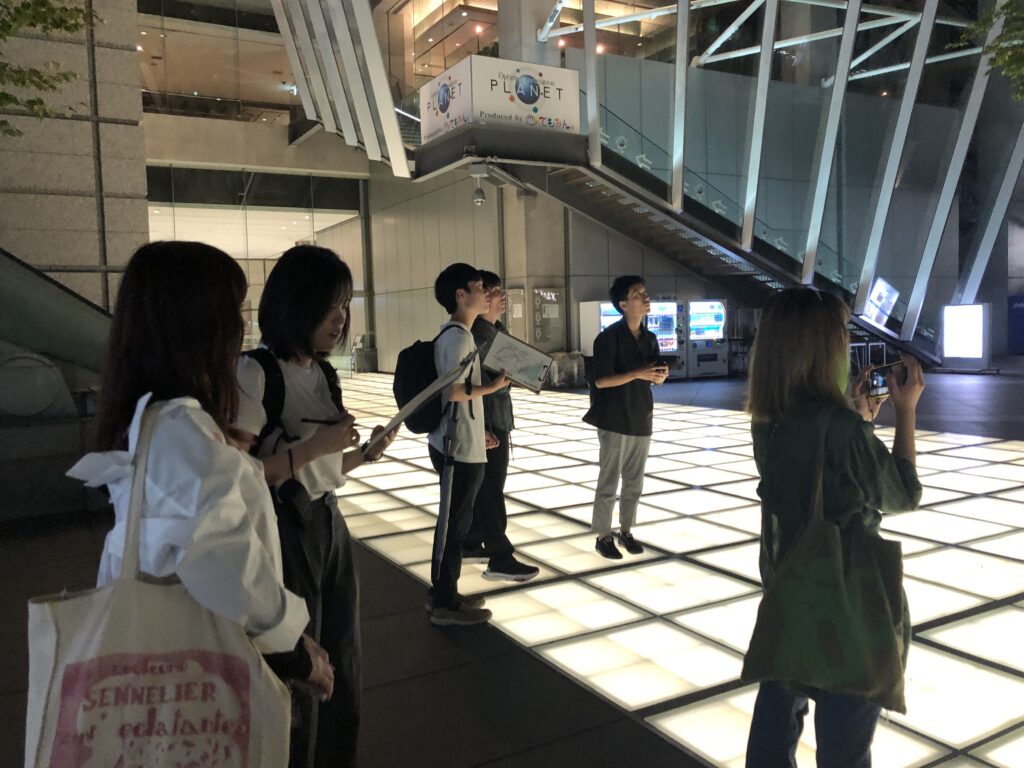
After learning the basics of lighting, we were divided into four groups and each group went on a night walk survey to a designated area. The areas chosen this time were Monzennakacho, Yurakucho & Hibiya, Azabujuban & Roppongi, and Shimbashi & Shiodome. Led by LPA staff, the participants searched for heroes and villains of light in each area and freely exchanged opinions. The get-together after the town walk was a good opportunity to break the ice and get to know each other better over a meal.
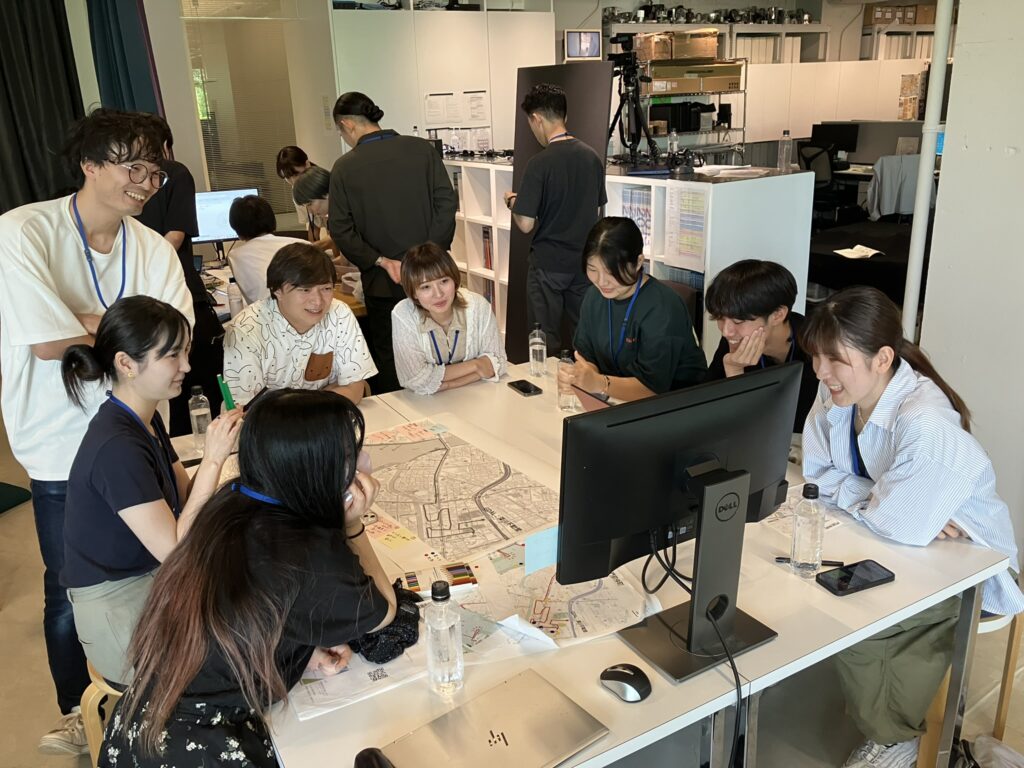
■ Day2 Group Discussion, Panel Creation & Group Presentation
On Day 2, each group discussed the discoveries made during the night walk survey to determine the heroes and villains of their respective lights, and decided on the three best heroes and three worst villains at the end, which were then compiled into a panel.
The discussion methods varied from group to group, with some groups continuing to argue endlessly over their opinions, while others quickly decided on heroes and villains, but were at a loss for words to explain their findings. All groups ended up completing their panels just in time. The finished panels were unique and showed the characteristics of each group. During the presentations, the presenters seemed nervous, but they presented their arguments well within the allotted time. The proposals were diverse, ranging from realistic proposals that would be ready to be submitted, to proposals that would be difficult to realize, to proposals that were full of dreams. By creating proposals, students learn to analyze real-world problems, think about areas for improvement, and then put their ideas into a form and explain them in words. The students who participated in the workshop seemed to be exhausted even though it was only the second day of the workshop, as they had to input their knowledge and experience of lighting design and produce panels and presentations in just two days.
At the reception on the evening of the second day, the participants, who had become quite familiar with each other, were seen talking with each other beyond their own groups, and it seemed the good connection were being formed.
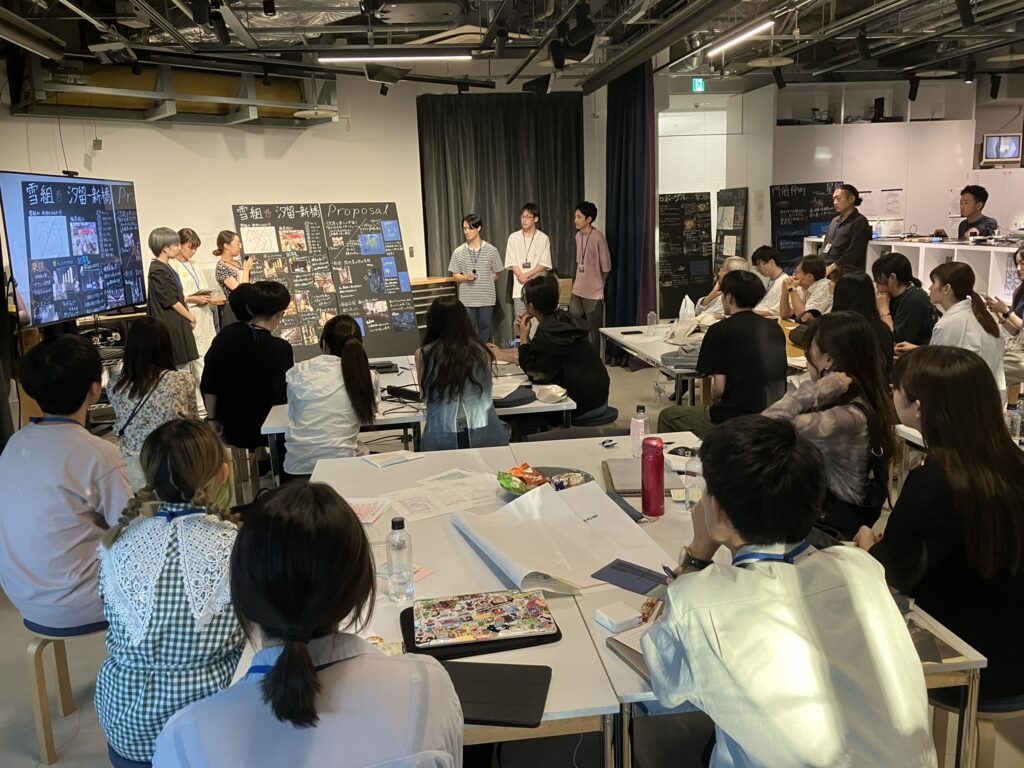
■ Day3 Lecture & Individual Assignment Presentation
The morning of Day 3 was the second part of the classroom lecture series. The lecture started with an overview of lighting of the future lighting environment, followed by practical lectures on hotel lighting, landscape lighting, and a newly introduced lecture on actual fixtures, in which participants were asked to actually tinker with the fixtures. I think the audience was able to listen to the lectures to the end without getting bored because of the variety of content. Especially, during the lecture with the equipment on, several students at a time stuck to the participating staff members and asked them questions one after another. They seemed to be interested in lighting fixtures that they do not usually see up close and personal. In the afternoon, the students gave presentations on their individual assignments. The participants were asked to choose one of the following five individual projects: 1) lighting design for Katsura Rikyu, 2) lighting design for Corbusier’s Savoie, 3) lighting plan for Asakusa, 4) lighting environment for a “house” or “underground space” or “convenience store” in 2050, and 5) a lighted tea house. The participants were required to submit one free proposal on an A3 sheet of paper in advance of the competition. On the final day, each participant will give a 3-minute presentation. This content is designed to develop presentation skills in order to persuasively explain one’s intentions and proposals. At the end of the workshop, not only the staff but also the participating students themselves vote to select the best presentation. Although this was a preliminary assignment, the participants seemed to be trying to revise their presentation boards and reorganize their presentations until the day of the workshop in order to brush up on the content, making use of their experience at the workshop. One proposal carefully expressed the phenomenon of light, while another shone with the precision of its preliminary research and the density of its proposal. It was very stimulating for both the participants and the staff to be able to share their own points of view and the aspects of light that each of them favored, in a group of people from different grades and departments.
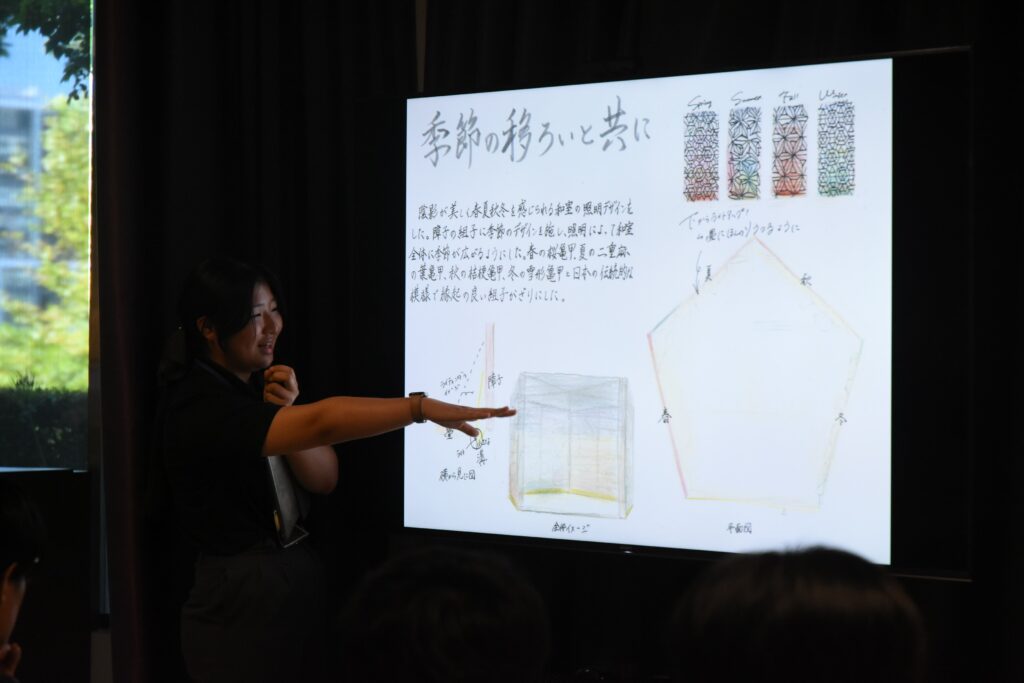
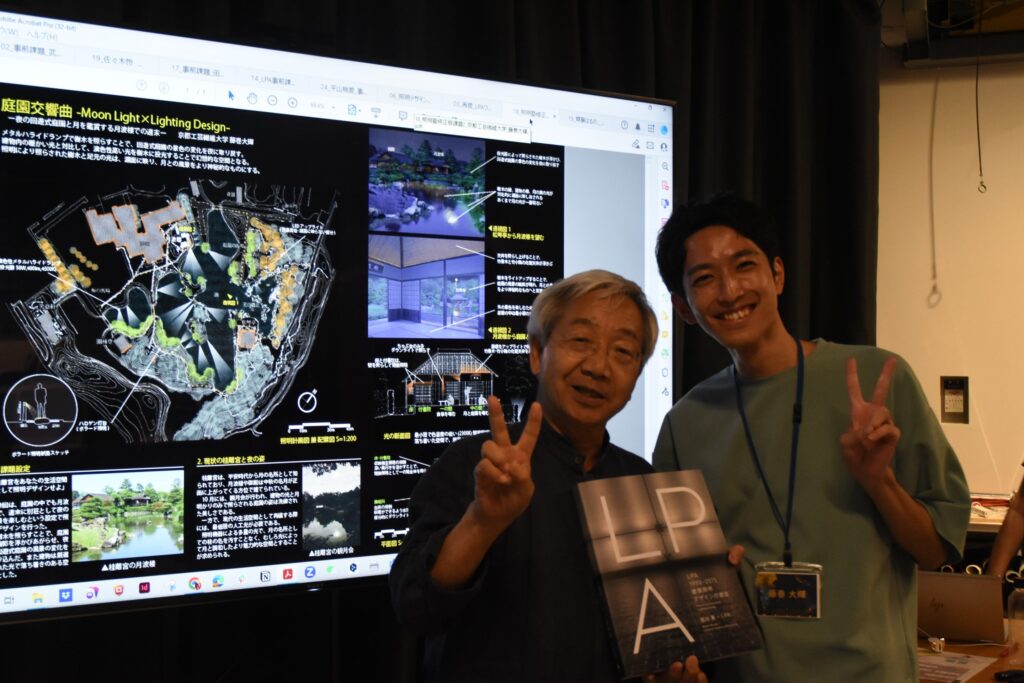
The three winners selected by voting received LPA books as prizes. Comments from participating students included, “I didn’t know how much detail I should have made up,” and “I would have liked to have been taught more about how to express light and reflect that in my work. The students must have been really tired after putting in three days of hard work. The LPA staff was also exhausted. In the post-event survey, we could see that the participants had a fulfilling time. All of us at LPA are relieved that the 3-day workshop ended without a hitch, and we would like to brush up our management methods and programs so that we can hold even better workshops next year. (Yumi Honda + Noriko Higashi)
